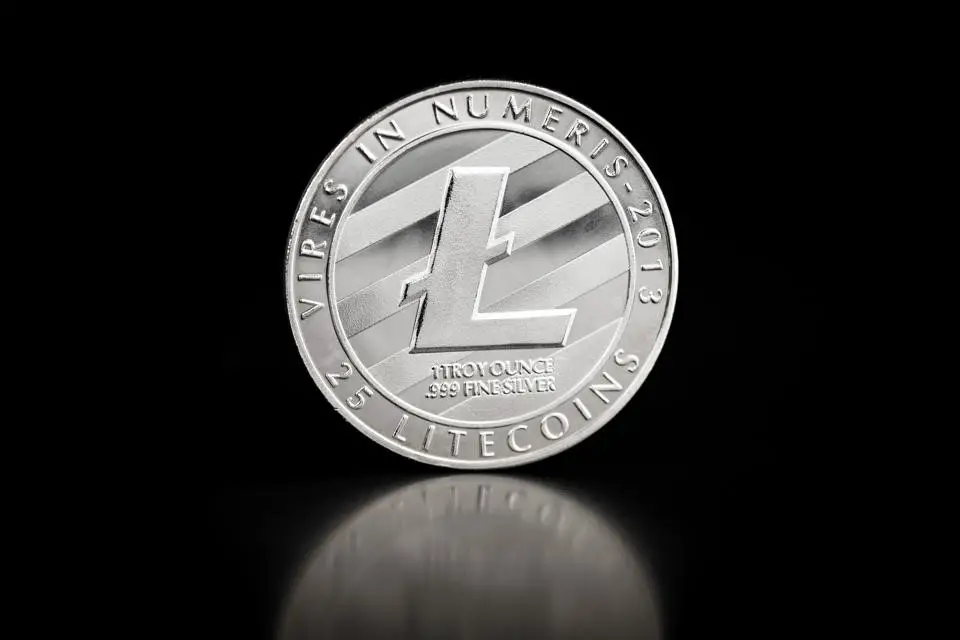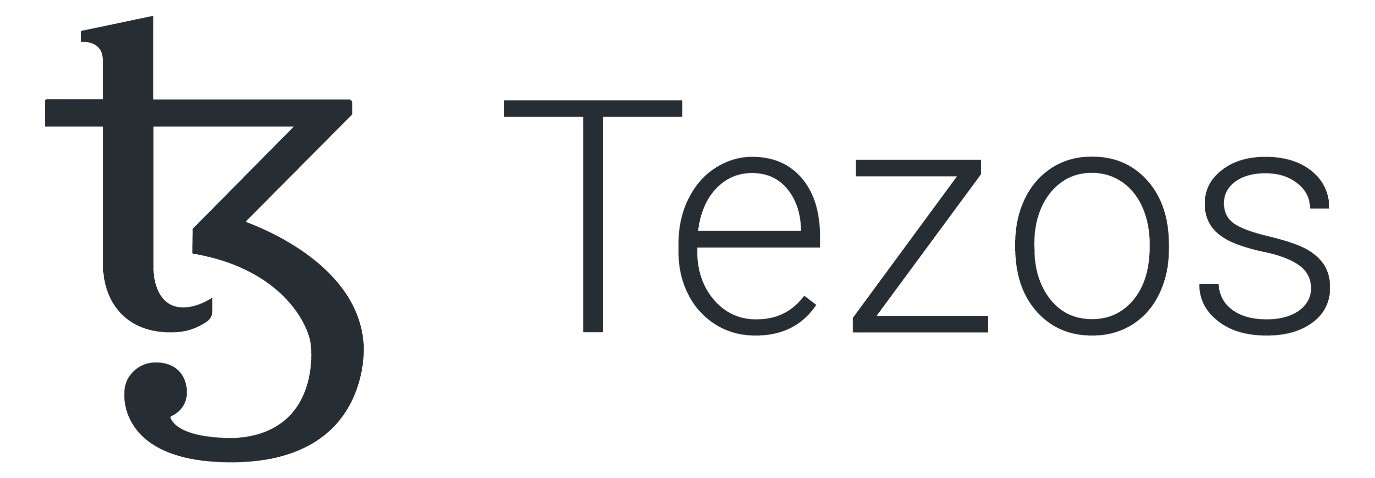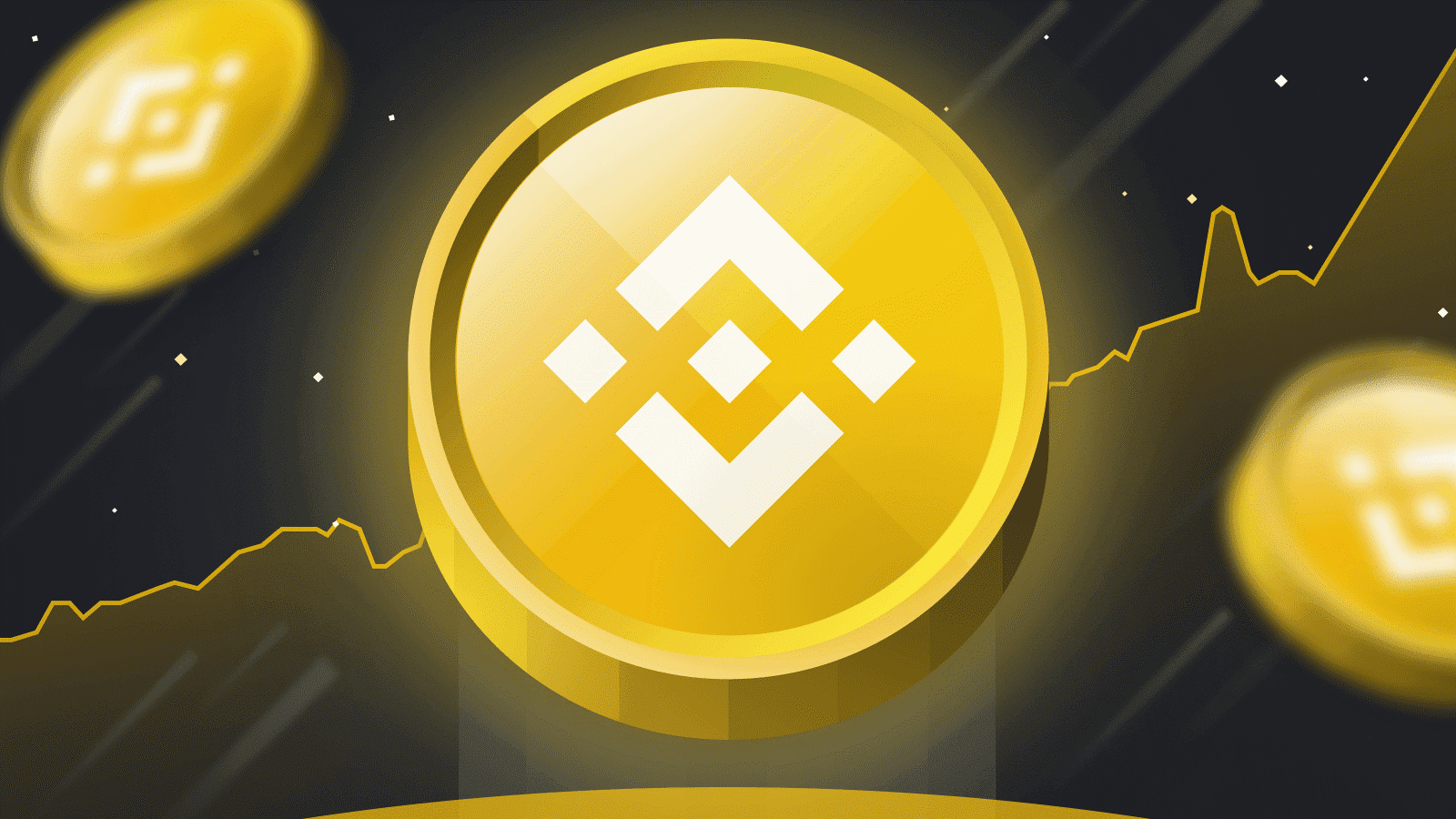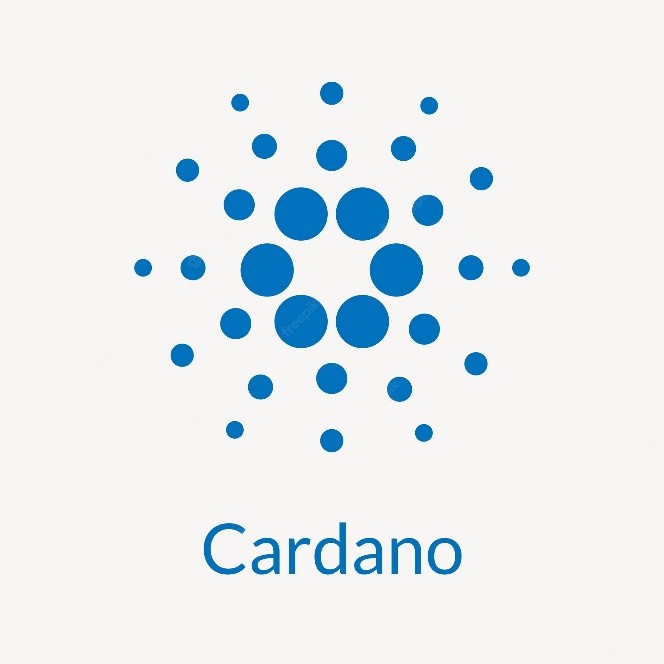In the past few years, cryptocurrencies have taken over the world. They are now more popular than ever before, and they’re just getting started. Cryptocurrencies are a form of digital currency that uses cryptography to create secure transactions and store monetary value. Cryptocurrencies are not managed or regulated by any bank or government organization and cannot be! Cryptocurrencies send or receive funds directly through various software applications or websites.
1. Bitcoin
Bitcoin is the first cryptocurrency and has been around since 2009. Initially designed as an alternative to fiat money, it’s also become its form of digital currency. Bitcoin has a market cap of over $175 billion, which makes it one of the largest cryptocurrencies by market cap. Bitcoin is also known for being extremely stable since no one can arbitrarily change its price or value like other currencies that central banks or governments can manipulate. Bitcoin also differs from other cryptocurrencies because it has a large developer community behind it; thousands upon thousands are working on improving code-related issues (like security) and user experience improvements.

2. Ethereum
Ethereum is a decentralized platform that runs smart contracts, which are programs that execute as planned with no downtime, censorship, fraud, or third-party involvement. These apps are powered by a custom-built blockchain, which can use to transfer value without intermediaries. A tokenized economy is one where money moves from person to person via an open market system where people can buy into little pieces of those assets using their capital.

3. Litecoin
Litecoin is a peer-to-peer cryptocurrency, meaning any central authority does not control it. Charlie Lee created it in 2011 to improve Bitcoin’s usability, which he saw as too limited. Litecoin was originally a fork of Bitcoin with similar features and design principles, but it uses its own open-source global payment network called Litecoin Cash (forked from Bitcoin Cash). The primary difference between them is that Litecoin uses a script-proof-of-work algorithm instead of SHA256 for mining purposes; this makes it more energy efficient than its counterpart!

4. Tezos
Tezos is a blockchain platform used to create decentralized applications and is a complete and innovative contract platform with a self-amending cryptographic ledger. It is both an open-source distributed ledger protocol and a cryptocurrency. It has recently gained significant attention due to its potential use case for increasing investor confidence in the crypto world by reducing the risk associated with ICOs (initial coin offerings).

5. Chainlink
Chainlink is a decentralized oracle network that allows smart contracts to securely access off-chain resources like data feeds, web APIs, and traditional bank account payments. The Chainlink Network connects blockchain applications with real-world data sources by enabling them to execute financial transactions using these sources as raw materials in their computations. Combined with any publicly available API, Chainlink enables developers to build new types of blockchain networks without direct access to those underlying resources.

6. EOS
Block created the platform. One, which also made Ethereum. EOS is a blockchain-based, decentralized operating system that aims to be the most powerful infrastructure for decentralized applications and smart contracts. EOS aims to be a superior alternative to other cryptocurrencies by providing users with faster transactions and lower fees than Ethereum-based networks such as TRON or NEO.

7. Binance Coin
Changpeng Zhao founded the Binance exchange. The company has multiplied since its founding in 2017, with its market cap now sitting at $2.9 billion as of May 2019, enough to make it one of China’s top ten cryptocurrencies by market cap! The Binance exchange uses Binance coins as transaction fees, one of today’s most prominent cryptocurrency exchanges.

8. Bitcoin Cash
Bitcoin Cash is built on the same technology as Bitcoin, but with some key differences. The most crucial difference is that it improves Bitcoin and offers better scaling capabilities than current blockchains. The creation of Bitcoin Cash was completed in August 2017 by a hard fork of Bitcoin, which means that all of the transactions made between users of both versions will be valid in both cases. However, this wasn’t his real name, so we don’t know who created it.

9. Cardano
Cardano is a blockchain platform with innovative contract features. It is a fully open-source, decentralized public blockchain and cryptocurrency initiative. Cardano aims to deliver more advanced features than any protocol previously developed, including interoperability between blockchains (including Bitcoin), scalability, security, and privacy for users of its network. The project’s development is managed by IOHK, founded in 2015 by Charles Hoskinson and Jeremy Wood.

10. Polkadot
Polkadot is a multi-chain technology that allows for the exchange of information between blockchains. It’s also a blockchain interoperability platform, which means it can connect different chains to create new ones. Polkadot has a public blockchain with a built-in governance system, meaning you don’t need to worry about any third parties controlling your funds or hacking into your private keys. The ledger will use the PoS consensus mechanism instead of PoW; this means less energy consumption and faster processing times than other platforms out there today! Polkadot was founded by DOT token holders looking for an alternative to Ethereum and EOS that would not compromise their privacy or anonymity.

Conclusion
When it comes down to it, cryptocurrencies are a great way to invest your money. They’re not as volatile as stocks or bonds, but they still offer significant returns if you know what kind of cryptocurrency you want to buy and how much risk is involved. So before you rush out into the world of cryptos, take some time to think about what type would suit your needs best!


















